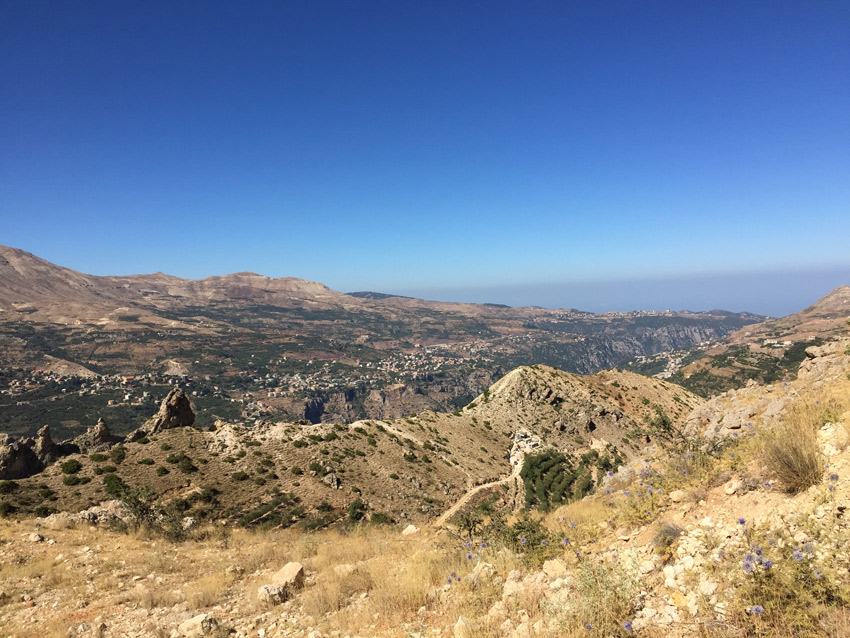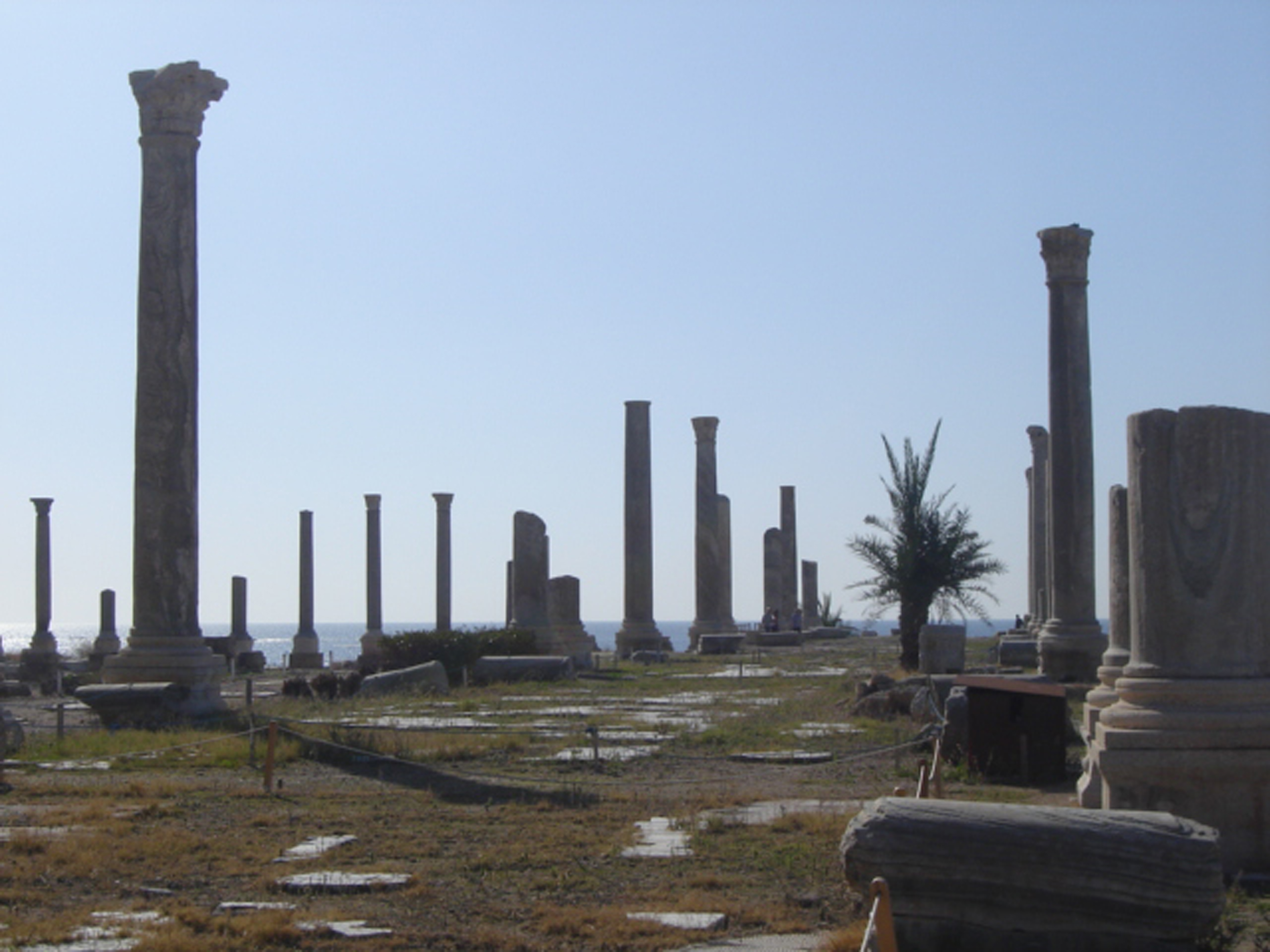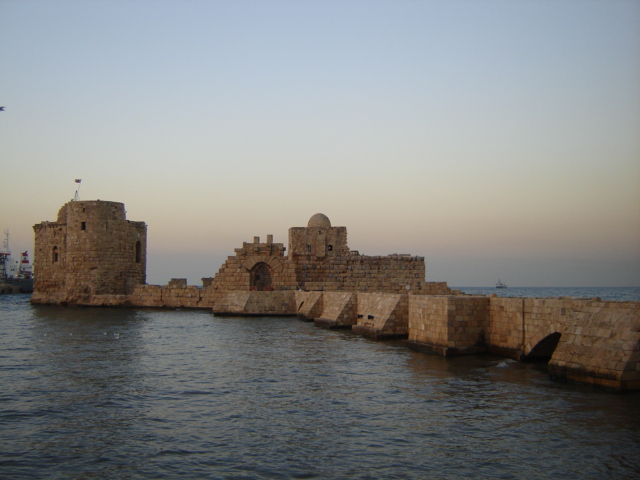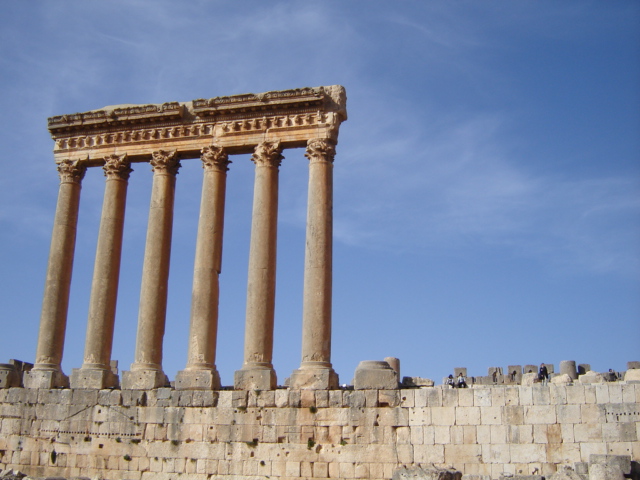Rose Water & Orange
Blossoms
Fragments of memory
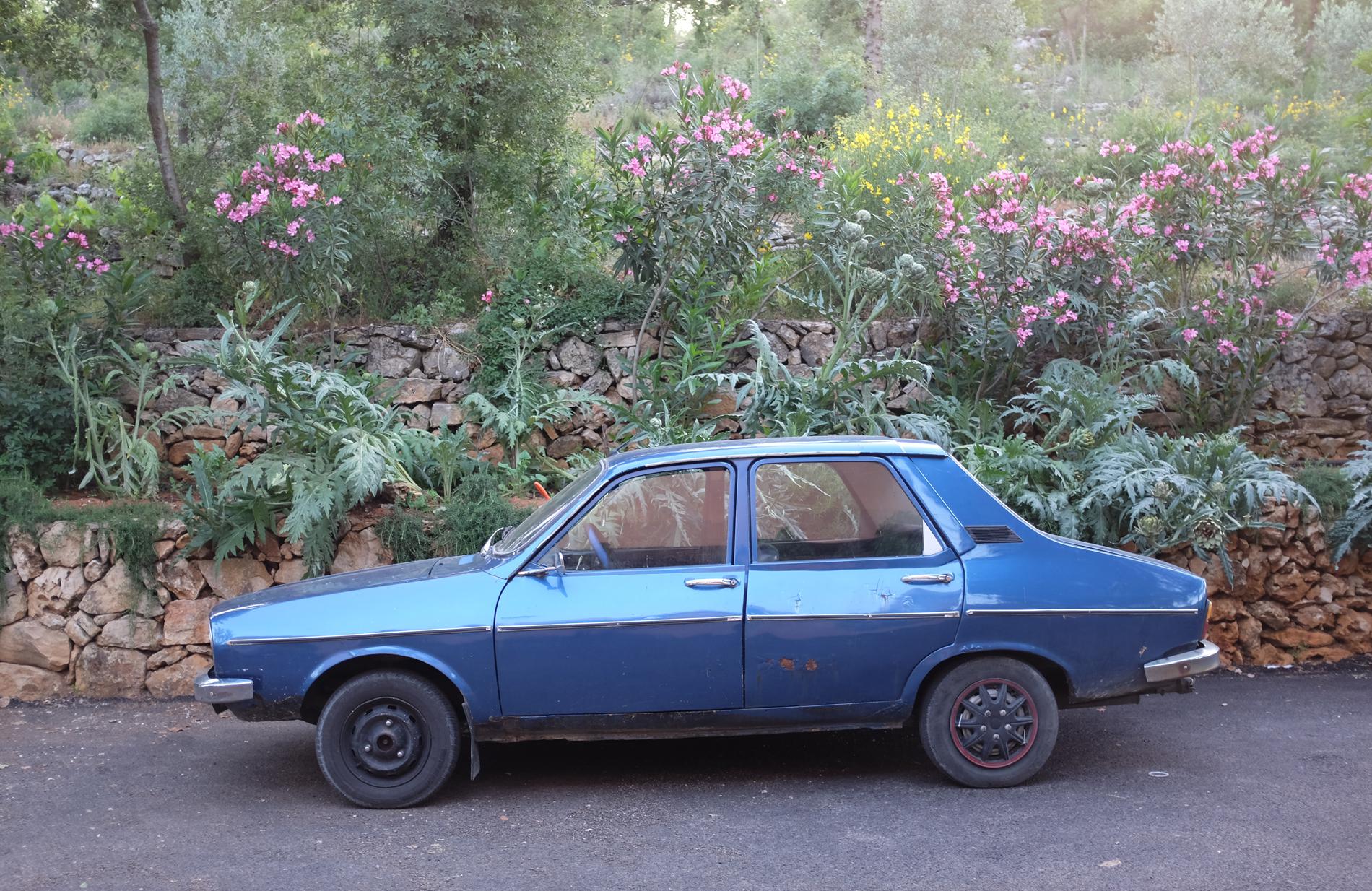
From the series of photographes 'L'Arabiyye' (2017-2018)
'Rose Water and Orange Blossoms’ is a multimedia installation resulting from the continuous process of reconnection with my 'origins' and the need to question unresolved family myths. It is perhaps a symbolic return to Lebanon, the land that my grandparents renounced to and to which they could never return.
After my first visit to Lebanon in 2010, and during each of the travels I have made to that country since, as tourist and wanderer, in an unfamiliar-familiar land, I have randomly found elements that resonated in my childhood memories that have awakened reminiscences charged with emotional value. Things that would seem totally ordinary; a plant, a car, a tourist guide, a song, a photo and a landscape are indeed unexpected connections that weave a story on the eternal process of creation-destruction-restarting again and again. Narrated between two geographical territories of affection, Colombia and Lebanon, this story takes place in an immeasurable time, since the arrival of my grandparents to Colombia in 1928, and the time that I have been able to spend in the land they left behind.
Constituted by 6 parts, this installation is born from the encounter with each one of those elements and the sublimating action of time. The process of reconnection with the ‘origins’ is an ongoing identity process in which time plays a significant role. It takes time to understand what it means to grow up in and belong to a diaspora, and patience, to unearth the stories that are silenced by the pain of uprooting. It takes time to find ones place. The notions of cultural transmission, the loss of a mother tongue, the reconstruction of a place called 'home', are all-important aspects in my artistic search.
L'Arabiyye
Series of 12 photographies - 17 x 26 cm ( 2017-2018)
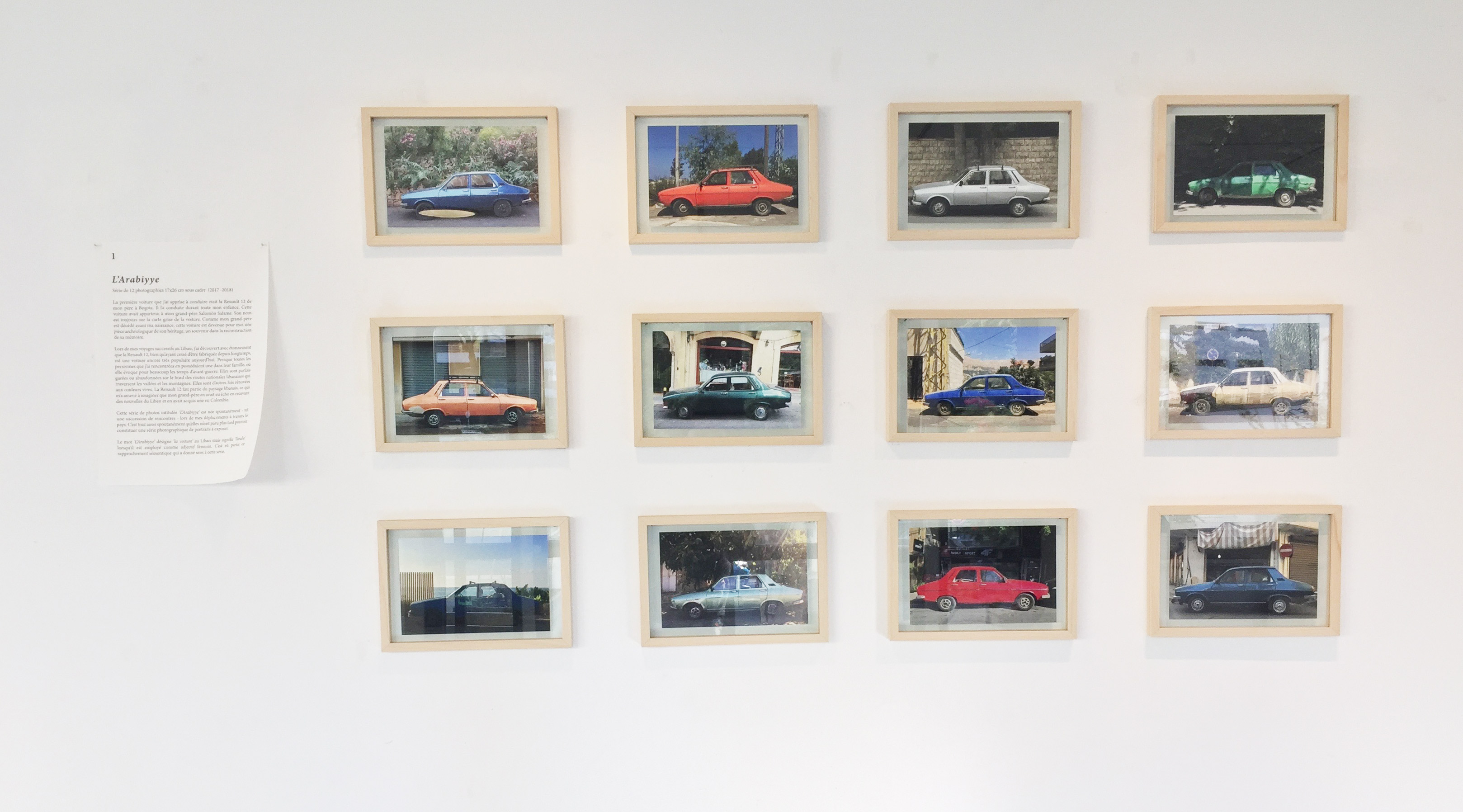
The first car I learned to drive back in Colombia is my father’s Renault 12. I don’t really know how to drive any other. This 1978 beige Sedan model belonged to my grandfather Salomón Salame Chalela. His name still figures on the car’s property papers. Because I did not meet my grandfather, this car became an archeological piece of his legacy, a keepsake in the reconstruction of his reminiscence. I got deeply emotionally attached to this car.
Years later I visited Lebanon, the fabled homeland my grandfather left when he was only 17 and never returned to. I discovered with amazement that the Renault 12 had been a very popular car in Lebanon during the 70’s. Not only almost everyone had had one in the family, but it seems this car is bathed in nostalgia for “other” times. Abandoned on Lebanese national routes that streak the valleys or totally refurbished and painted in bright colors, the Renault 12 blends inextricably in the Lebanese landscape.
* "L'arabiyye" designates a 'car' in Lebanese and is the female adjetive for Arab.
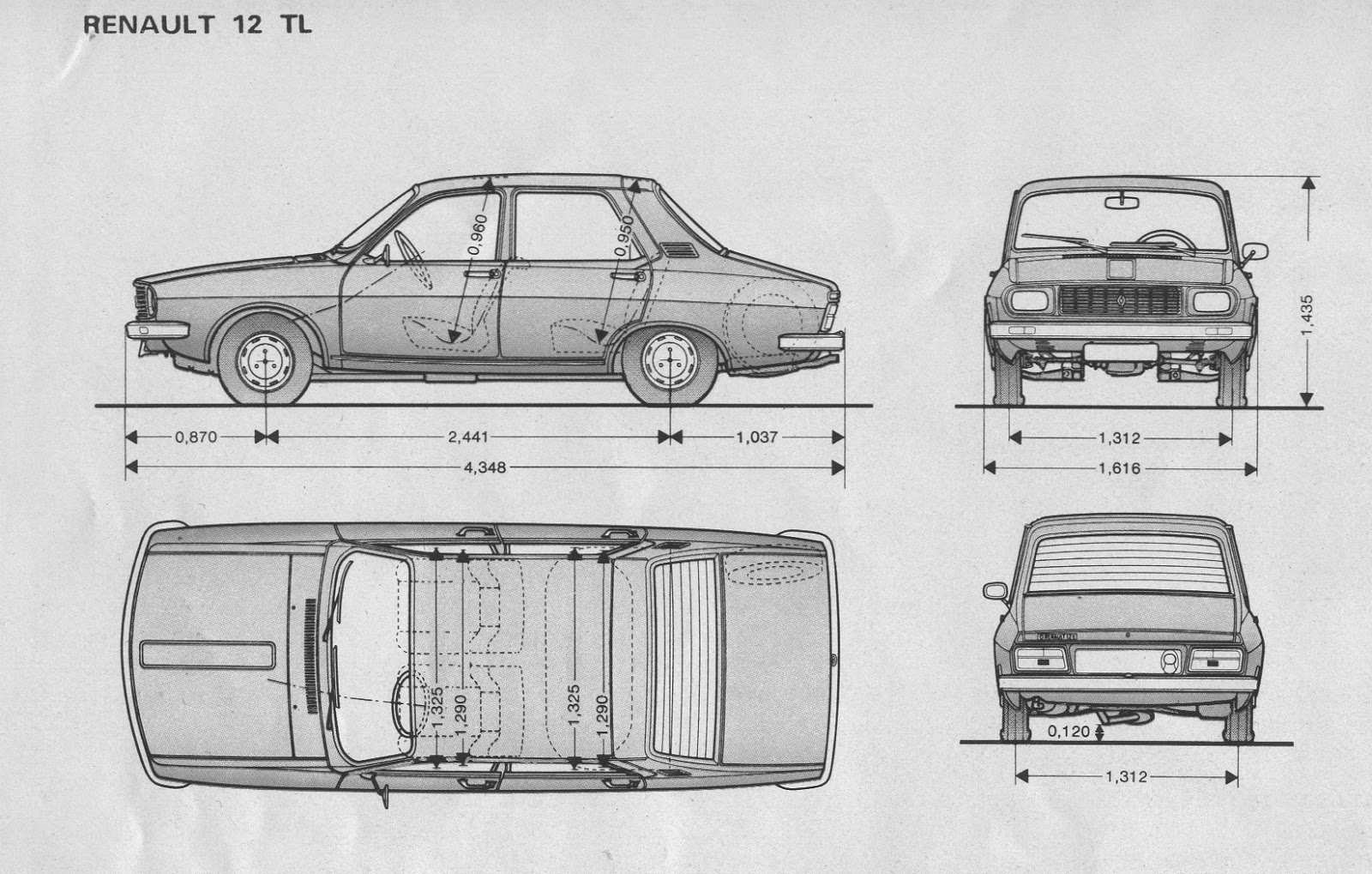
Waddi ya Baher Waddi
Send Oh Sea send
a song by Wadih El Safi
Music on headphones, vinyle display and lyrics. Video of the Lebanese Sea. (2018)
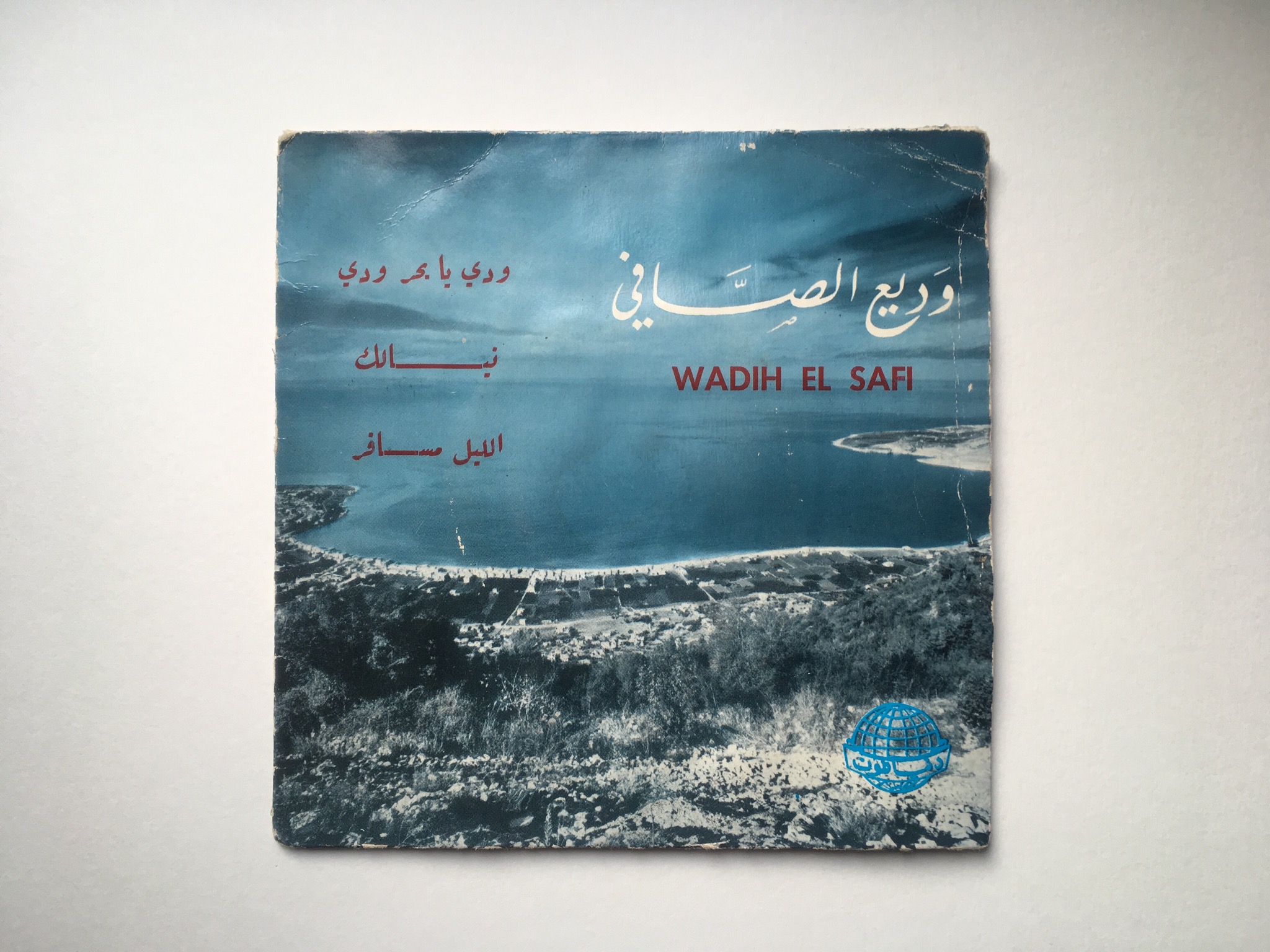
‘Oh sea, we have been away for so long
Send salvation to my grandfather’s house
And mulberry in our yard
Send a greeting to the people of the village and tell them what we are becoming
And tell me if the days remember (evoke us) still of us or they have forgotten us
Do you believe that the belvedere of the guardian of the vineyards
is still there where we spent the night until dawn at the edges of our tent.
Do you believe that the robin is still fills up with our fig tree
And so sweet sparrow niche it still at our window
How beautiful was the dance in front of our yard on the feast day
What was the energy of young people in our village
Do not remember me, man! this sob will end me
End your commerce here to resume our life in our village’
My grandparents did don’t transmit their mother tongue to their children. Born on Colombian grounds they were to adapt completely to their new homeland, forget Arabic and learn to speak fluent Spanish. Still, as a child my father used to hear my grandparents speak in their ‘secret language’ and some things remained in his auditory memory. For instance, the lyrics of the song "Send Oh Sea, Send" Even though my father could not understand what the song says, he remembered clearly that his uncles, Lebanese immigrants as well, used to sing it. The words he recalled were enough to retrace the song.
In 2017 while in Beirut, years after my father had recalled this song, I came across the original vinyle by a stroke of luck.
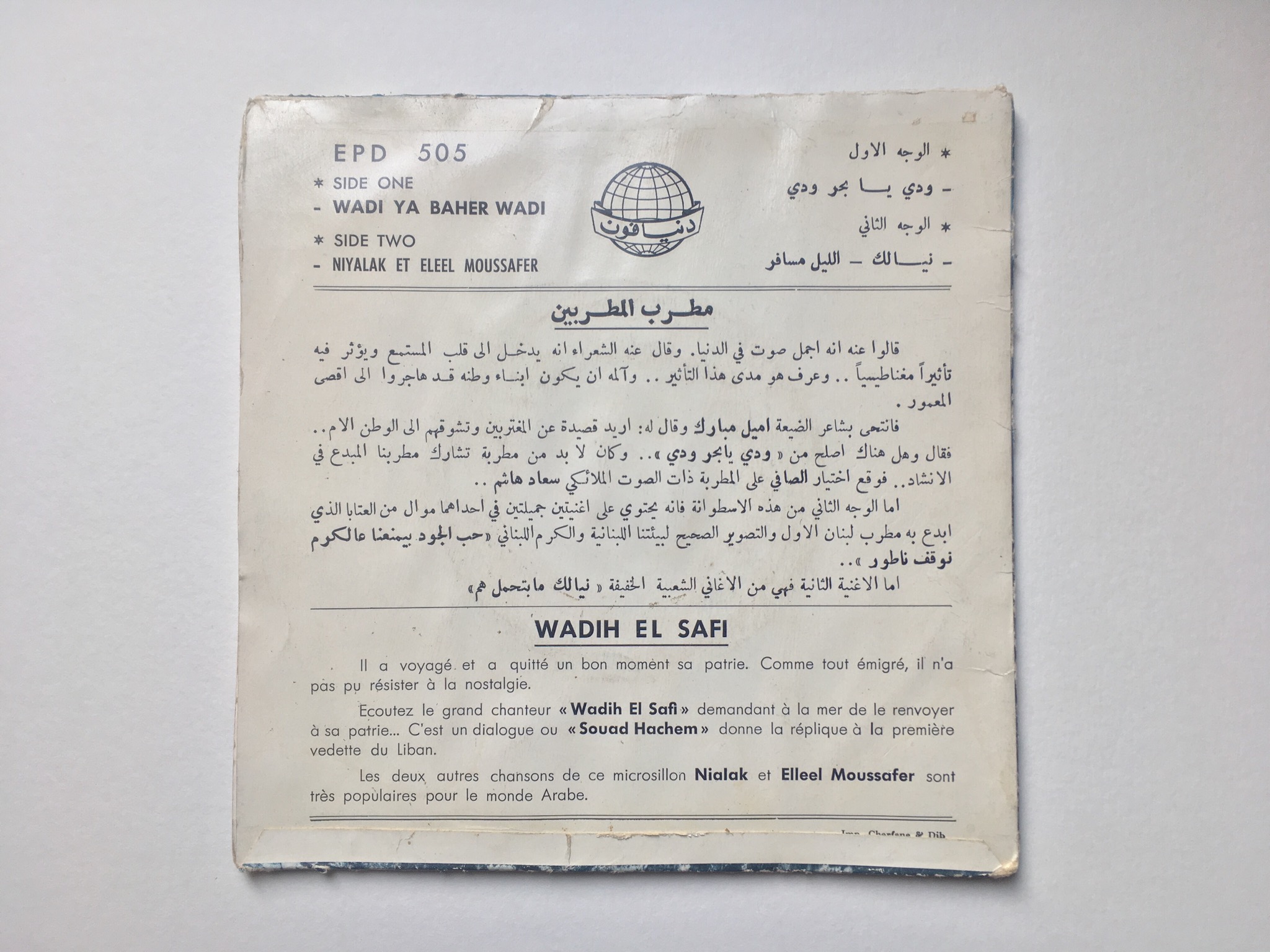
“It is said of him, it is the most beautiful voice in the world. The poets think that it penetrates the listener’s heart and hypnotizes him, and Wadih Safi felt the depth of this effect on his listeners; so he suffered to see his compatriots leave to exile to the bottom of the planet.
Wadih Safi took the poet of the village Emile Mubarak and told him “I would like a poem about the exiles and their nostalgia for the motherland”. The poet replied “there is no better than” Waddi Ya baher “ However it was essential to have a singer to accompany our great singer.” And Wadih chooses the singer with the angelic voice Souad Hachem”
Wadih El Safi (1921-2013) was a Lebanese singer, songwriter, composer and actor, an icon, becoming, along with many Lebanese musicians who have attained the status, synonymous with the country’s musical culture. While living in Brazil, El Safi began composing and performing songs that drew upon his rural upbringing and love of traditional melodies, blended with an urban sound, and creating a new style of modernized Lebanese folk music. He sung over 5000 song and performed and recorded with many well-known Lebanese musicians such as Fairouz, and Sabah.
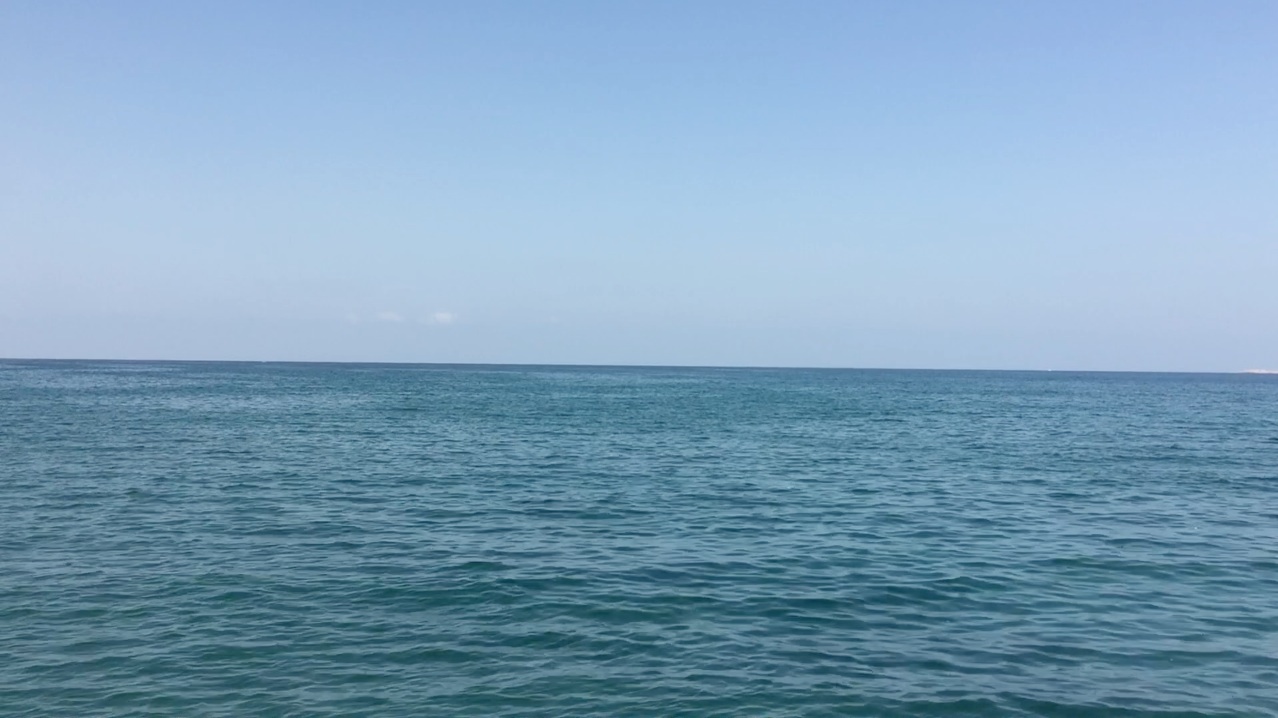
«The Tourist Companion in Lebanon»
Postcards and tourist guide display (2018)

I spent my very early childhood holidays at my grandparent’s house in Girardot, a small city and hour away from Bogotá, located on the banks of the Magdalena River. After my grandparents passed away the house has barely changed and many of their personal belongings still remain in their drawers and wardrobes. Every time I go to that house I spend my time looking through all them and always discover new things. Like archeological fragments of the life they left behind, I try to put them together to rewrite their history in my memory.
On one of my latest travels to this house, I found this book «The tourist companion in Lebanon». Knowing that my grandparents never went to back to Lebanon, this little book must have been a little reminder of the country that they themselves barely knew.The Book has no printing date...
I realized that I had had the chance of visiting the Lebanon as a tourist first, then as a in “between” not local yet not totally foreing person. I decided to dig into my touristic photo albums of Lebanon to illustrate this guide with my own and to create postcards out of them.
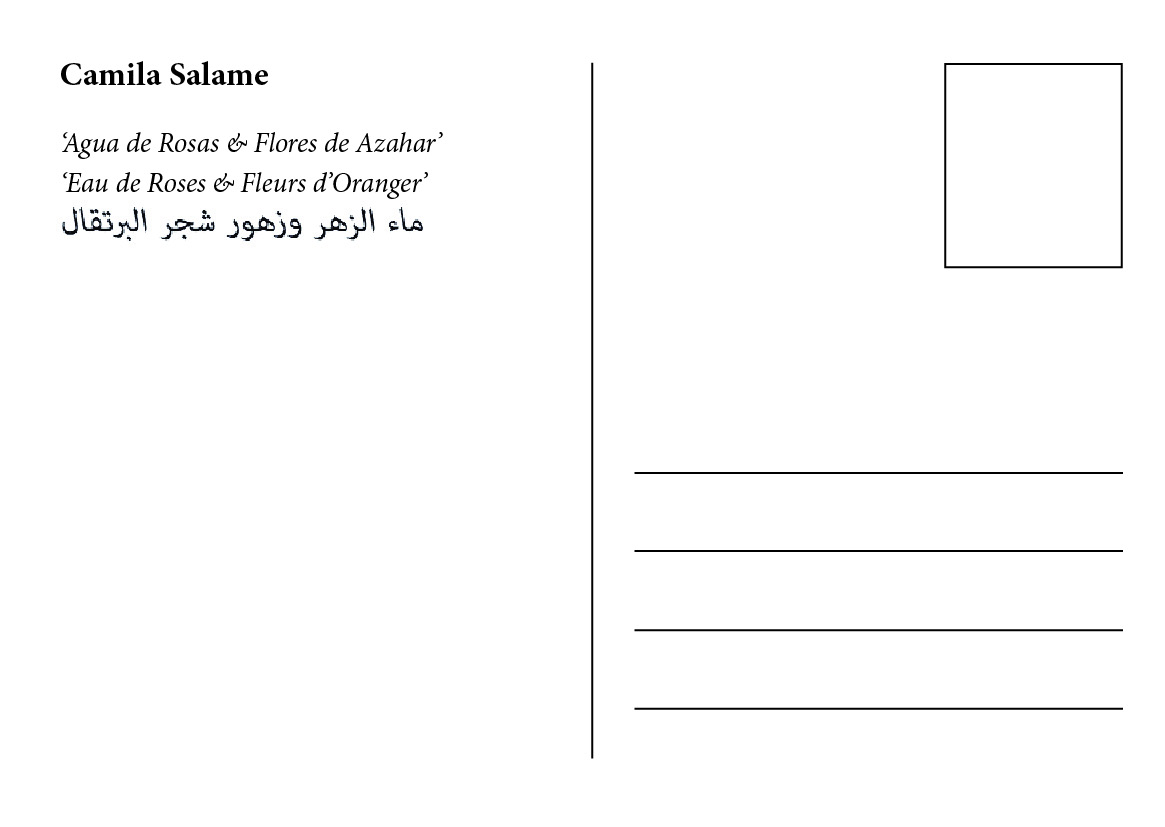
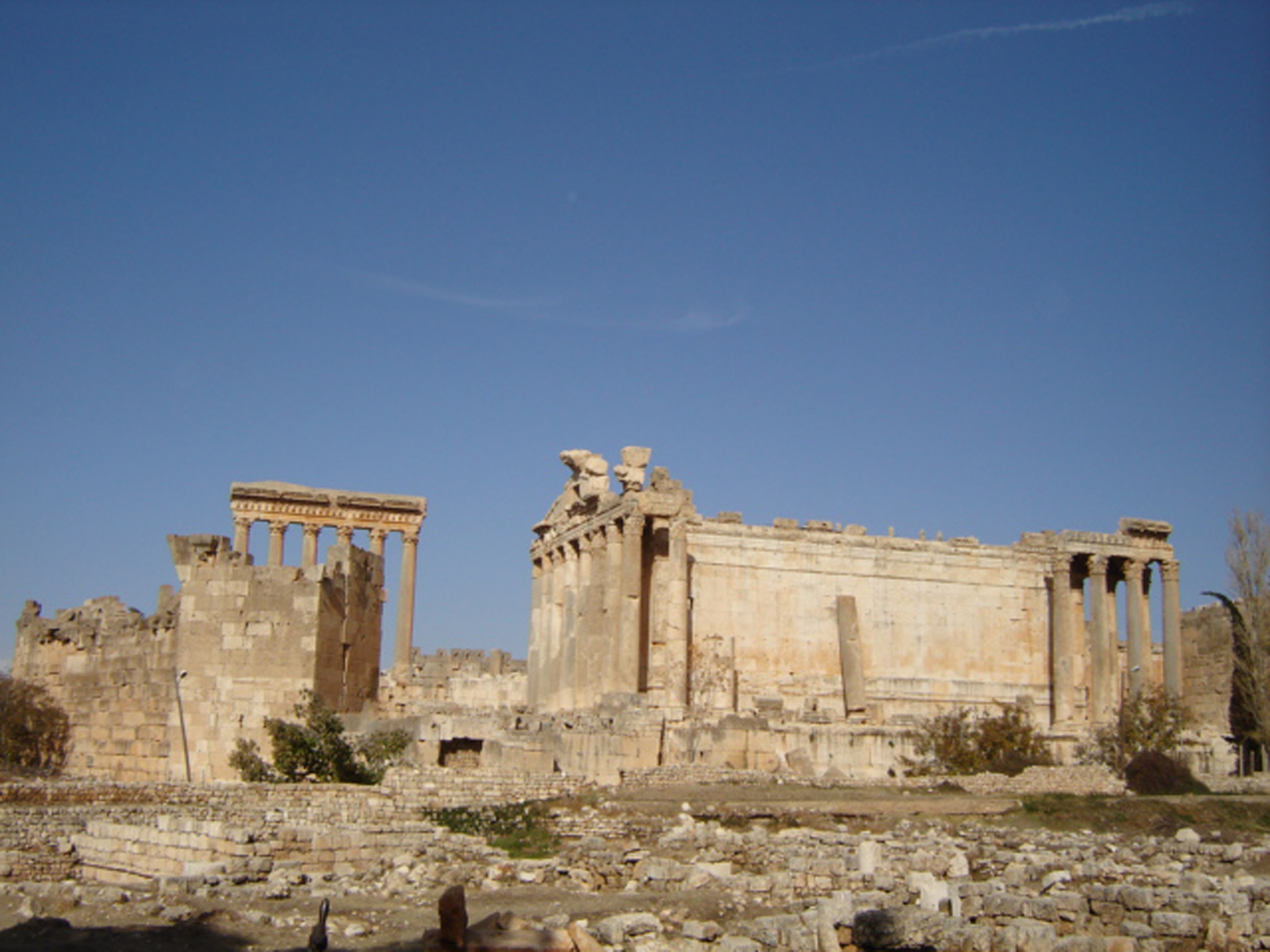
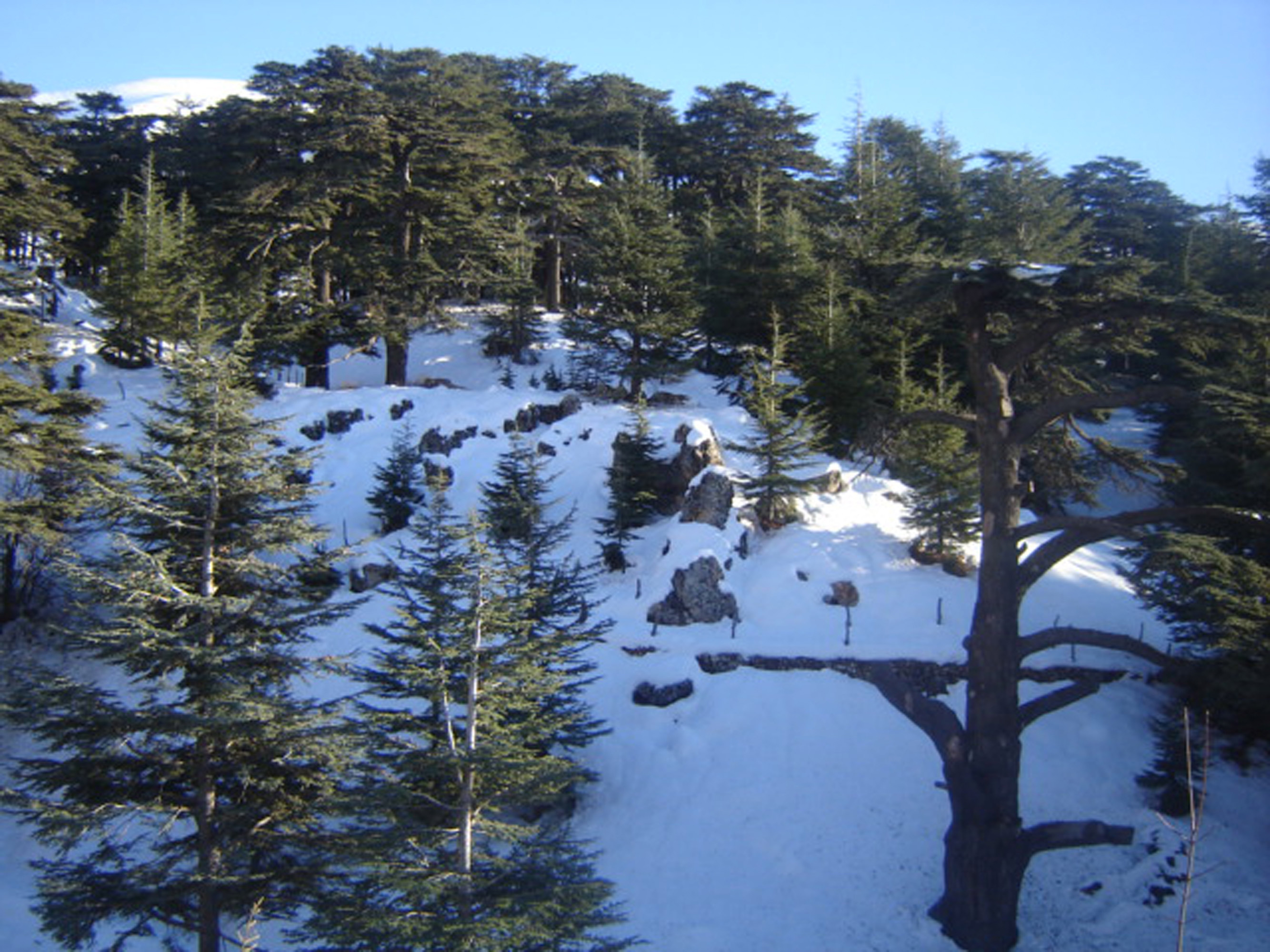
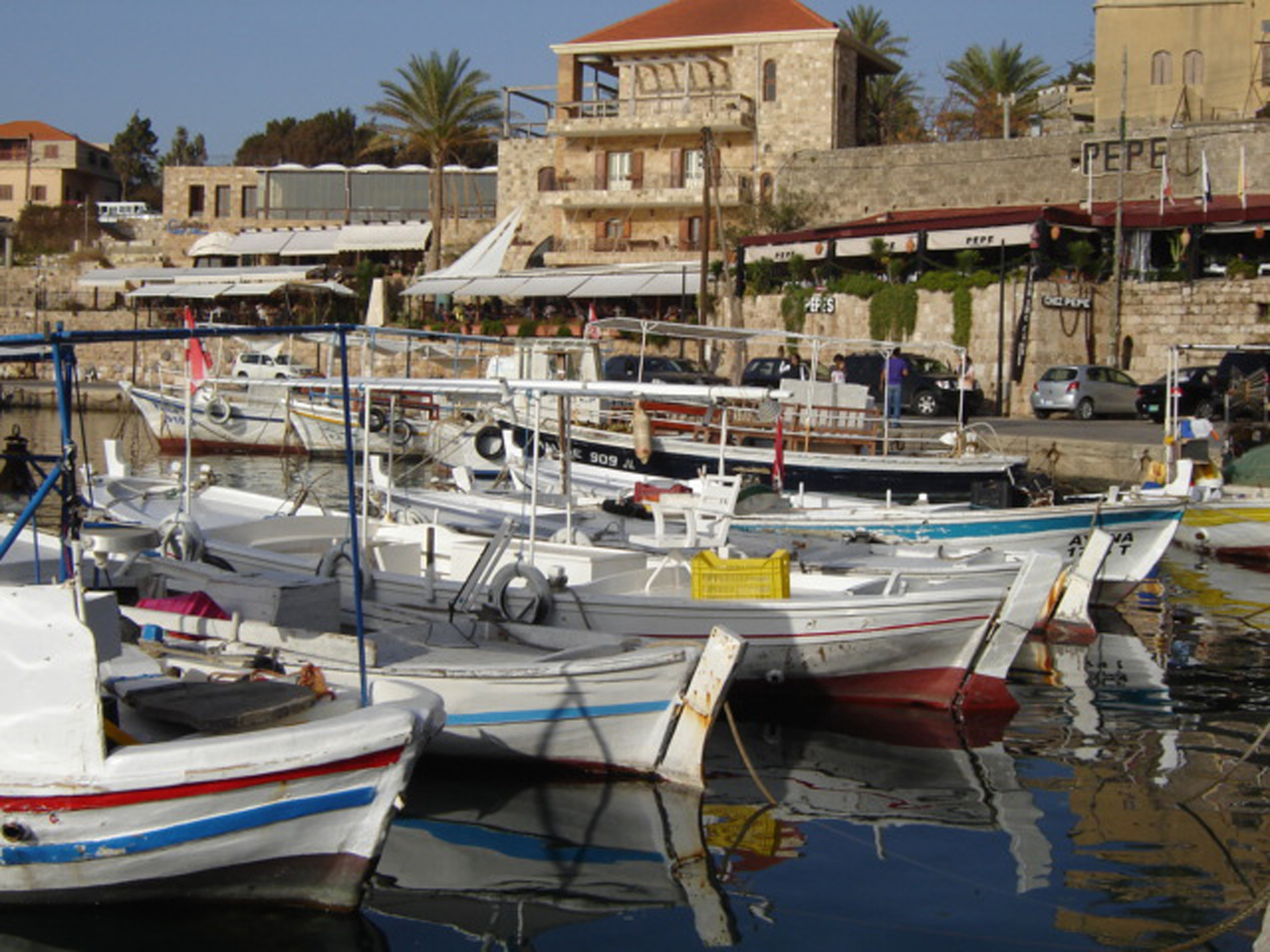
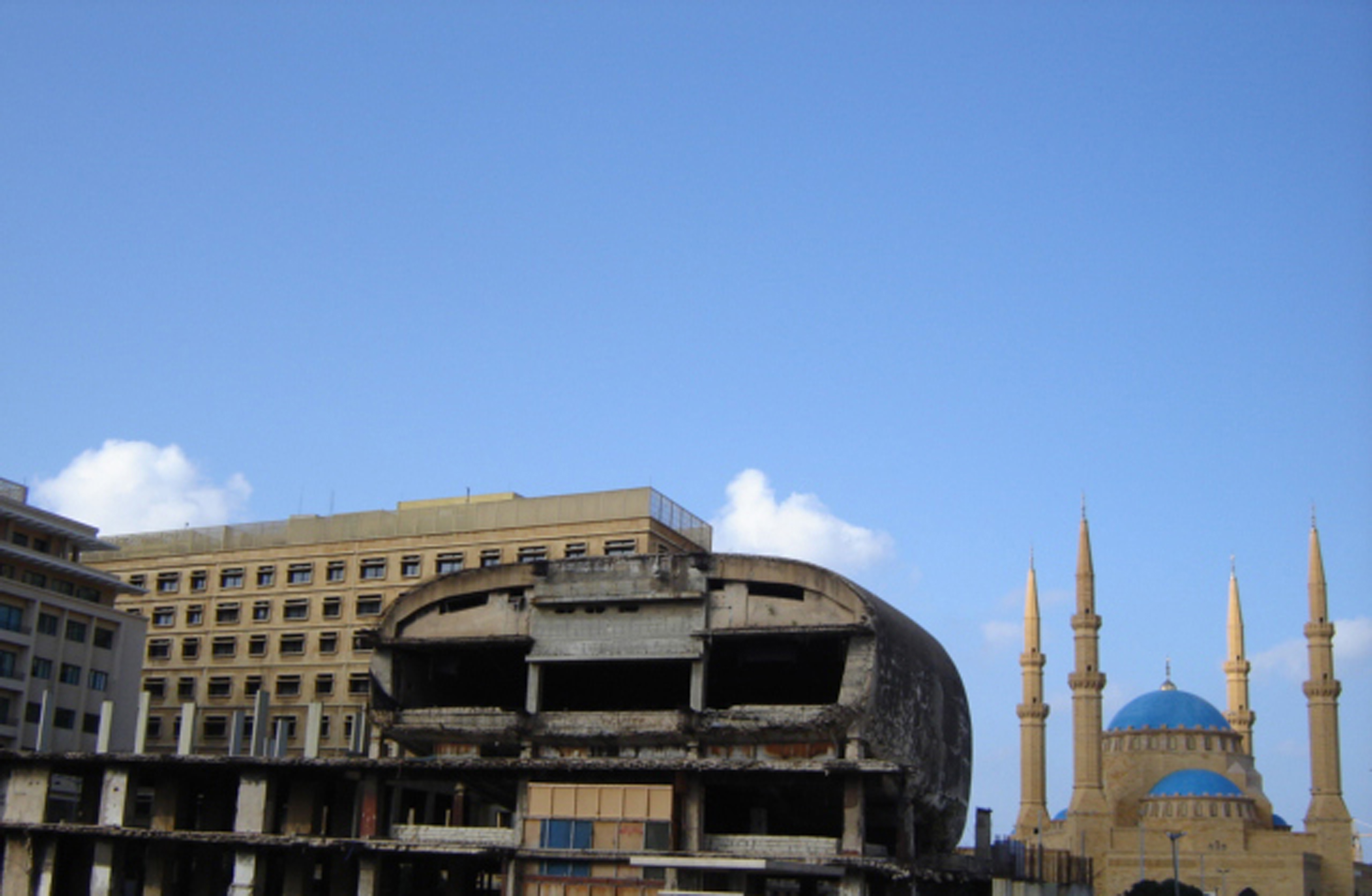
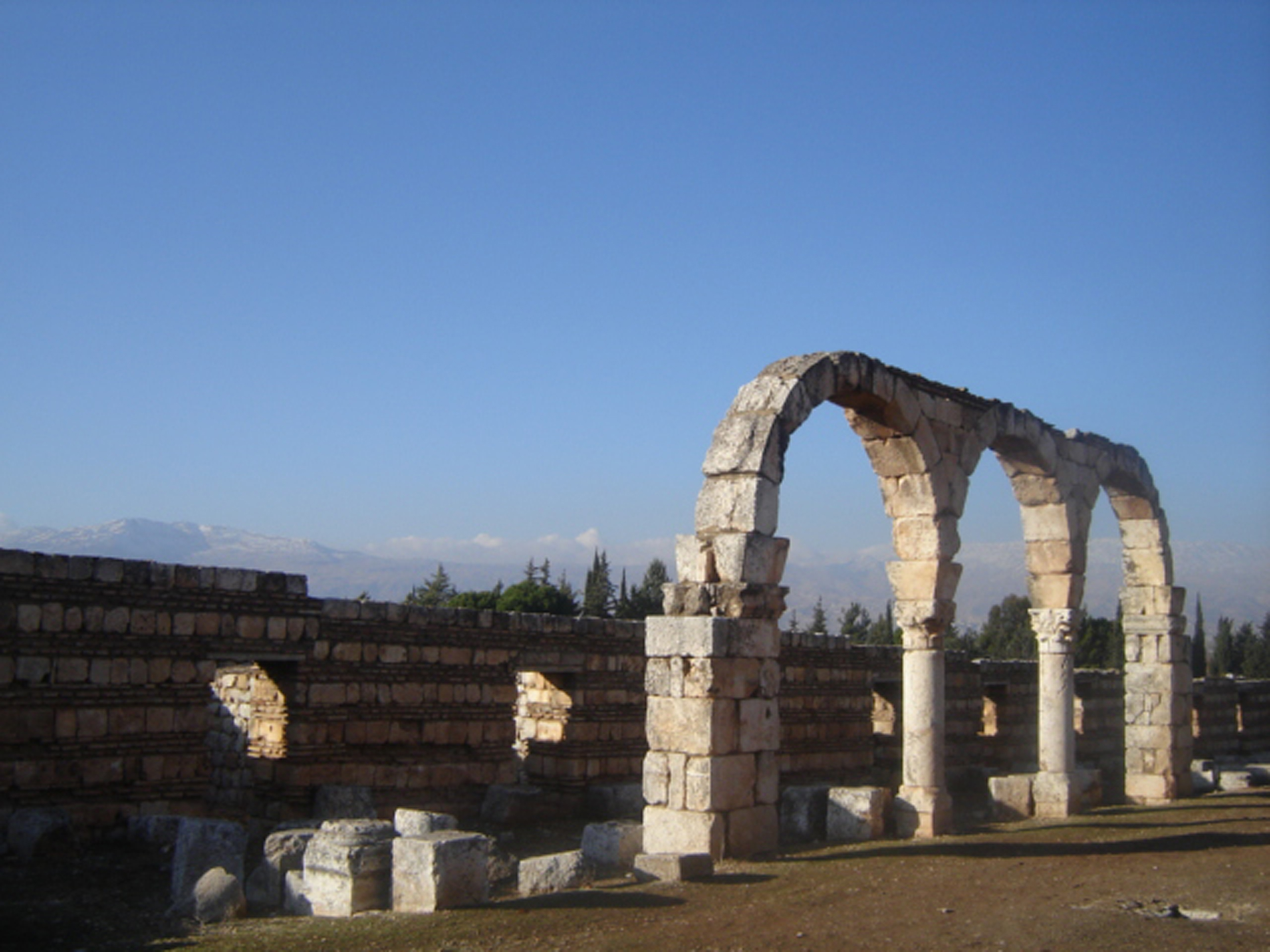
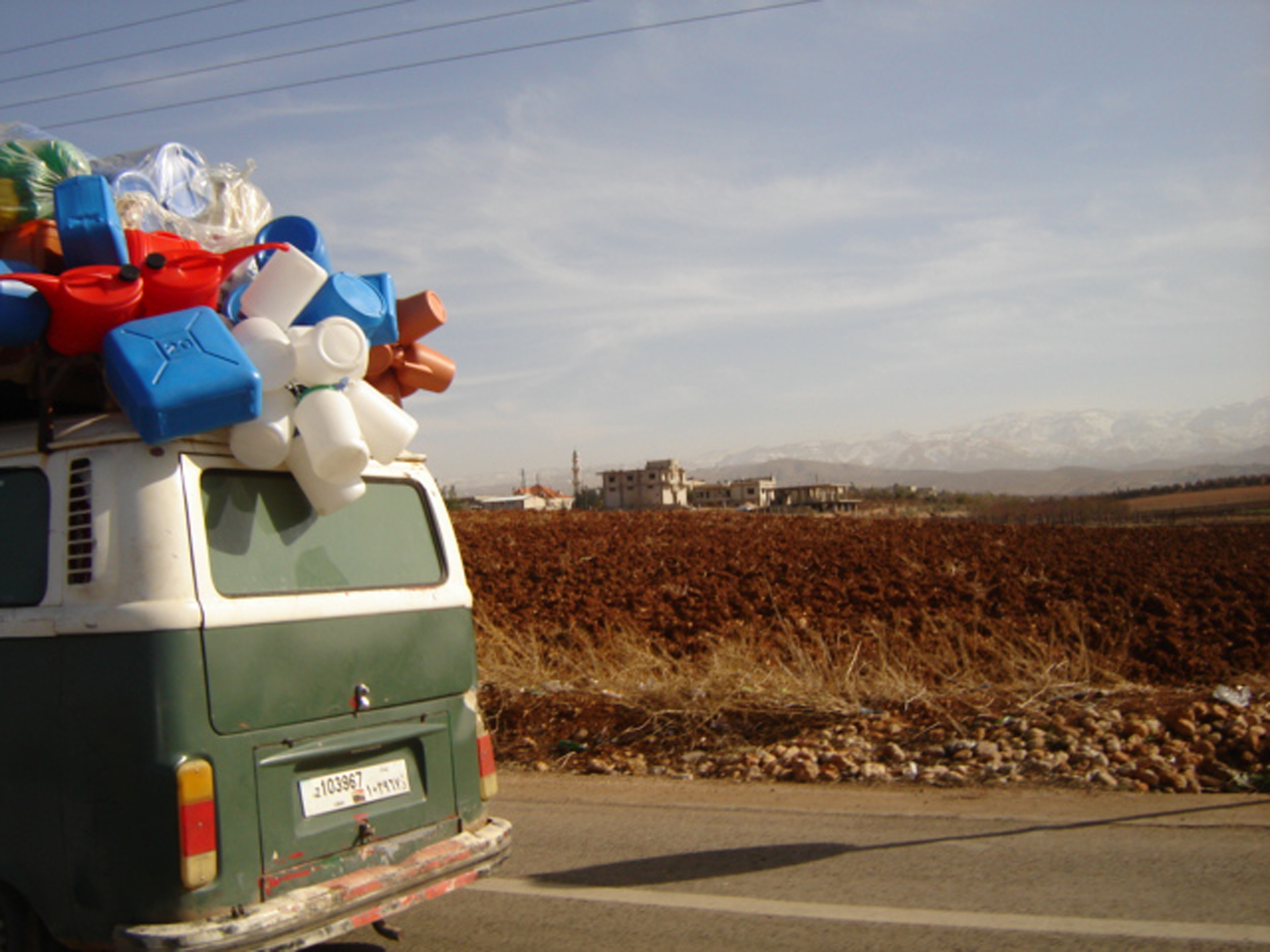
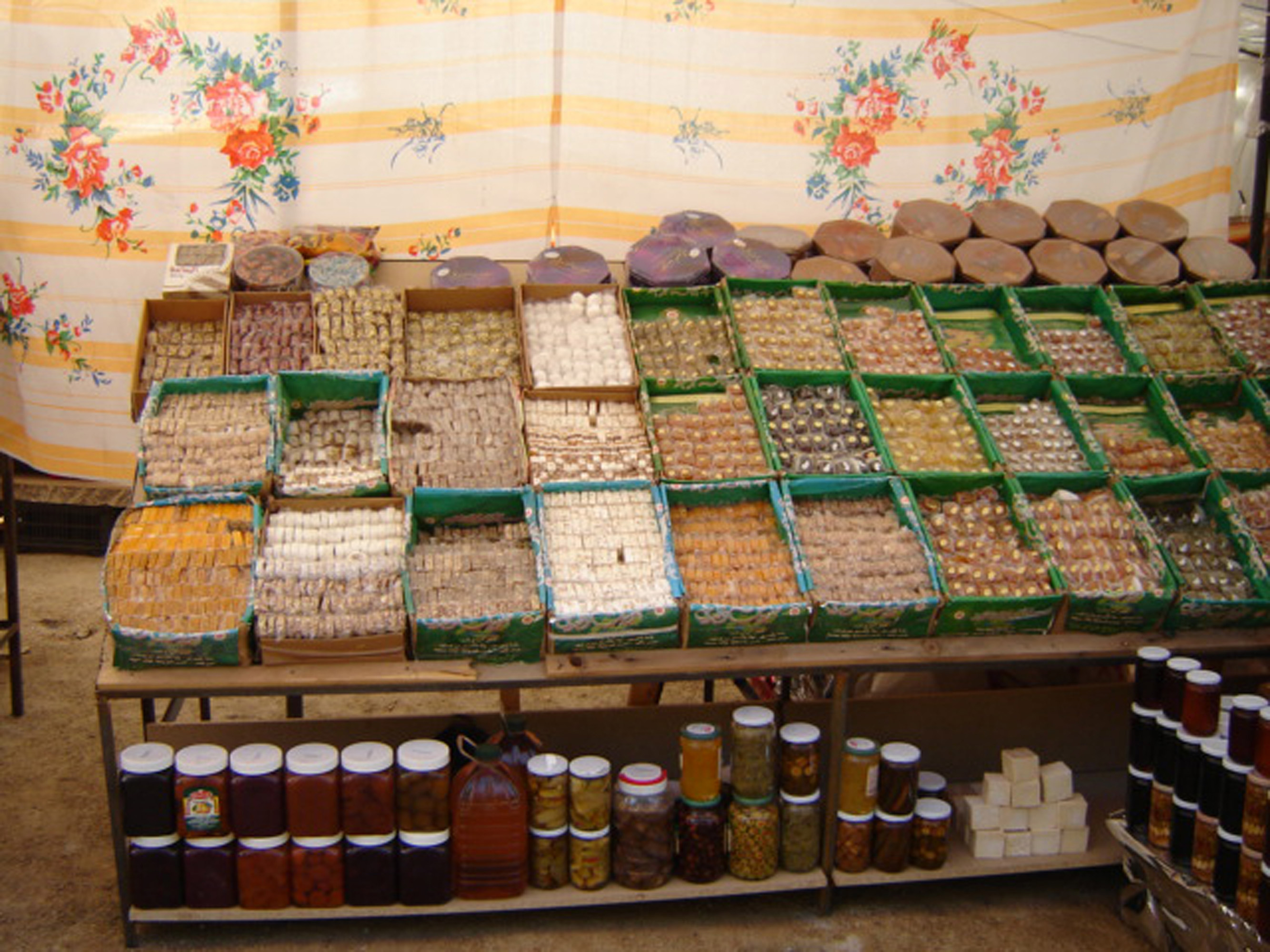
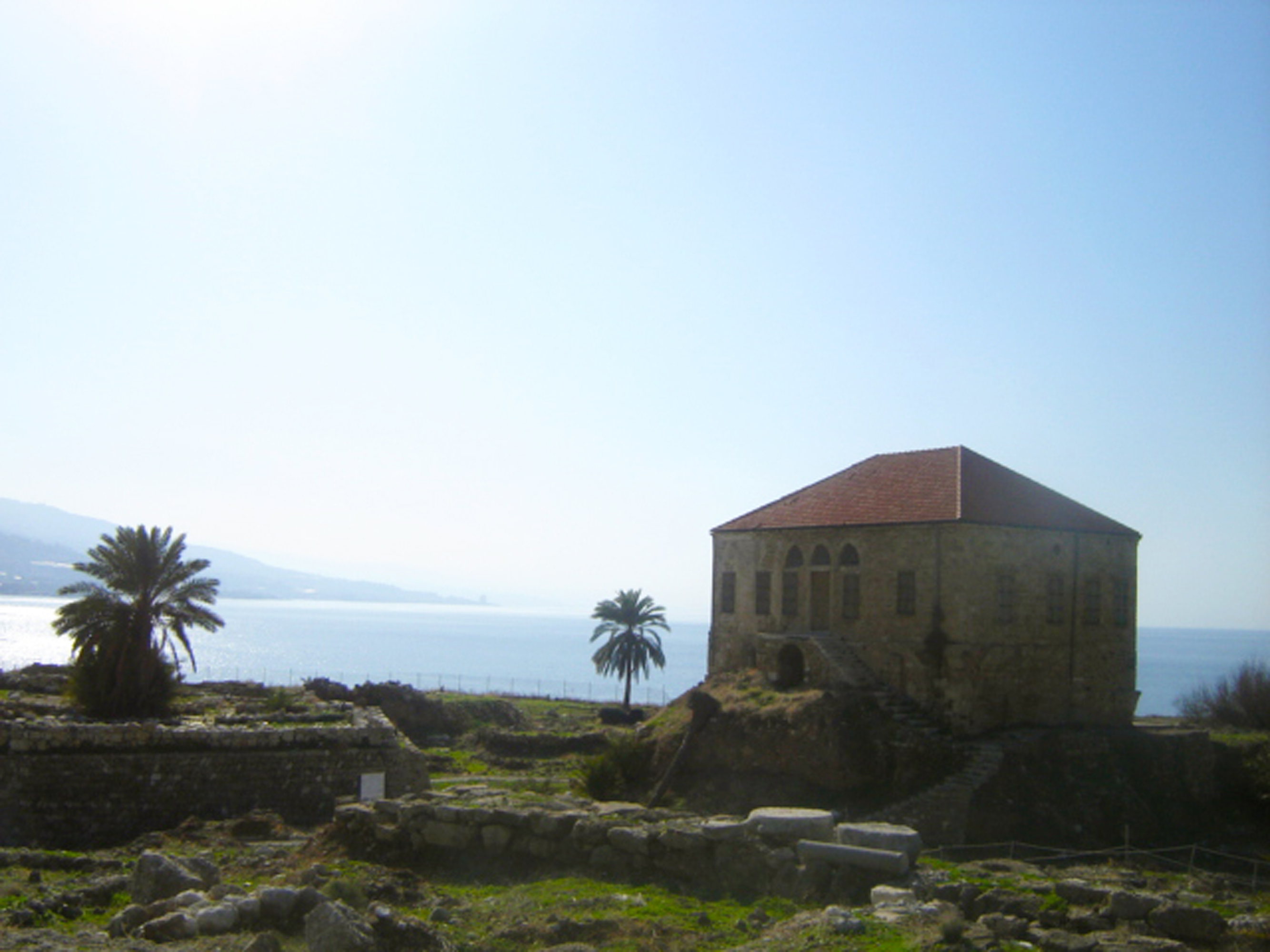
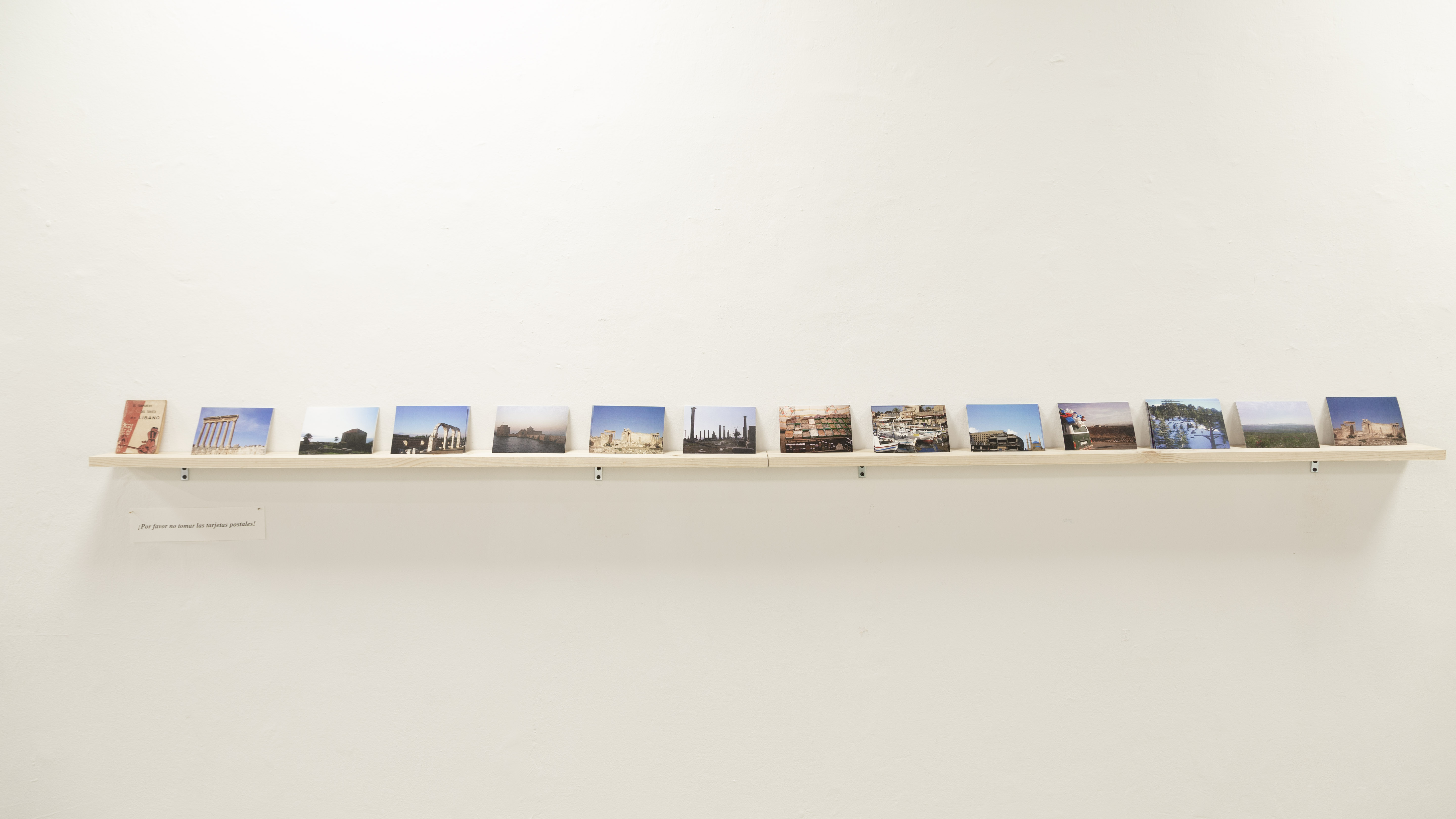
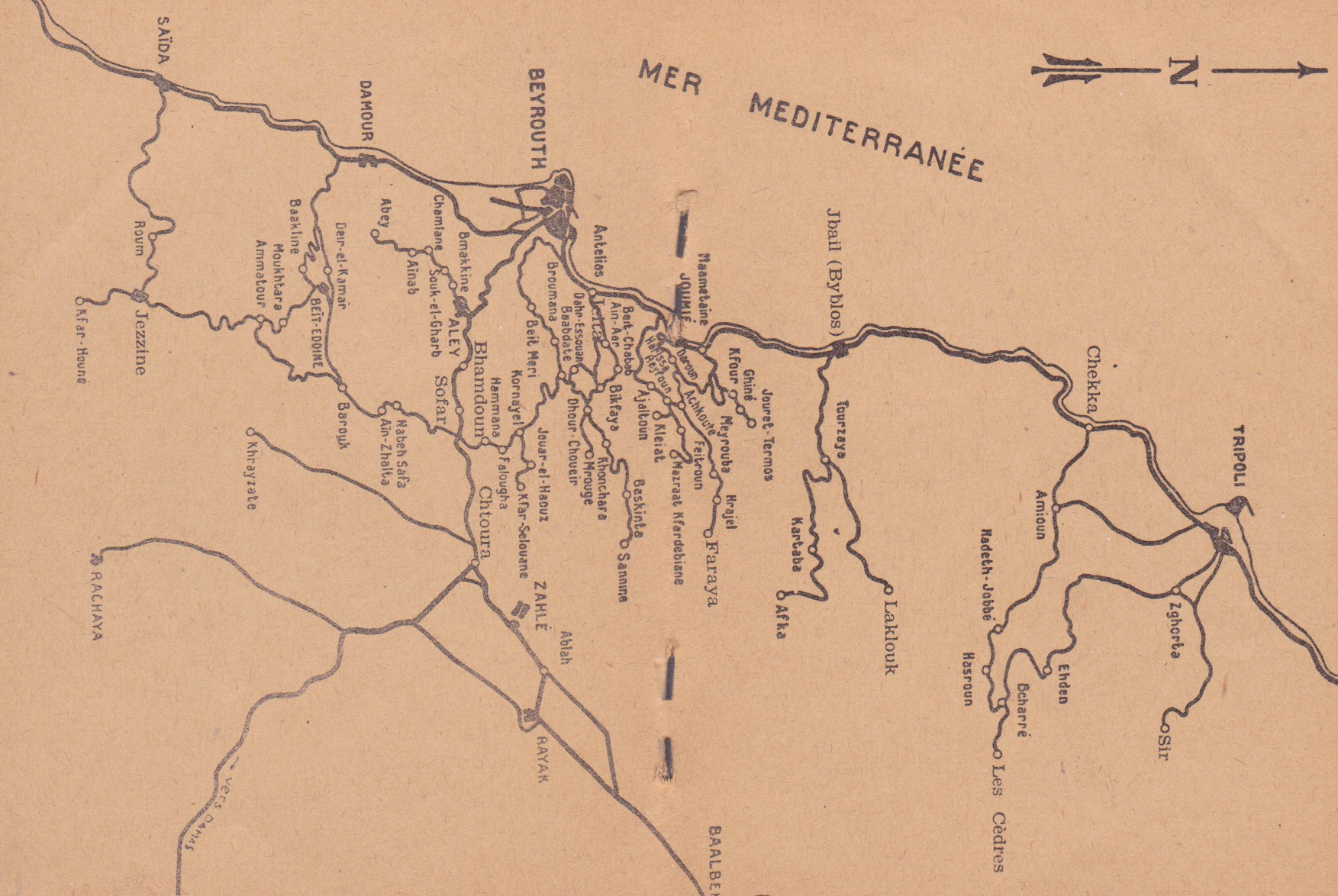
Girl in Boat
Tradescantia pallida - An indoor garden (2018)
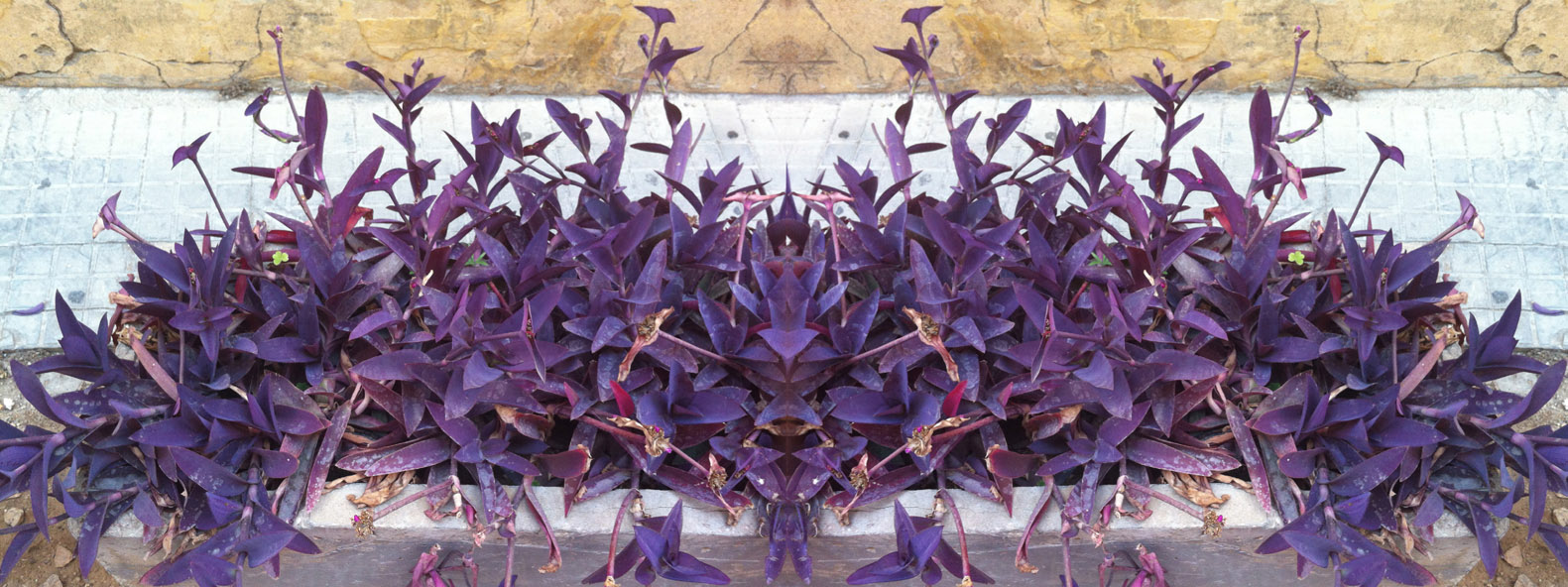
It was unexpected for me to find plants that I had seen in Colombia at my grandparent’s house, flowering on the balconies of Beirut houses. Tradescantia pallida - Purple Hearts or Girl in Boat in Spanish, is actually native to the Gulf Coast region of eastern Mexico. So how did this plant make it all the way from Central America to the Middle East to enroot itself in Lebanese lands?
Maybe on a boat.
As nations set up colonies shipping routes were developed and along with ships came ballast. As ships arrived, they dumped thousands of tons of ballast — earth and stones used to stabilize ships. Hidden in the soil were many seeds of plant species accidentally carried and spread all over the world from far-off lands.
Girl in Boat reminded me of how my grandmother Faride, pregnant of her first child, a girl, travelled with my grandfather Salomon, without really knowing where were they off to enroot. Maybe by accident too at the Colombian Port of Barranquilla.
Dust & Ashes
Photographs projection and ashes on the floor recreting the encaustic cement tiles pattern - 120 x 240 cm.Variable dimensions (2018)
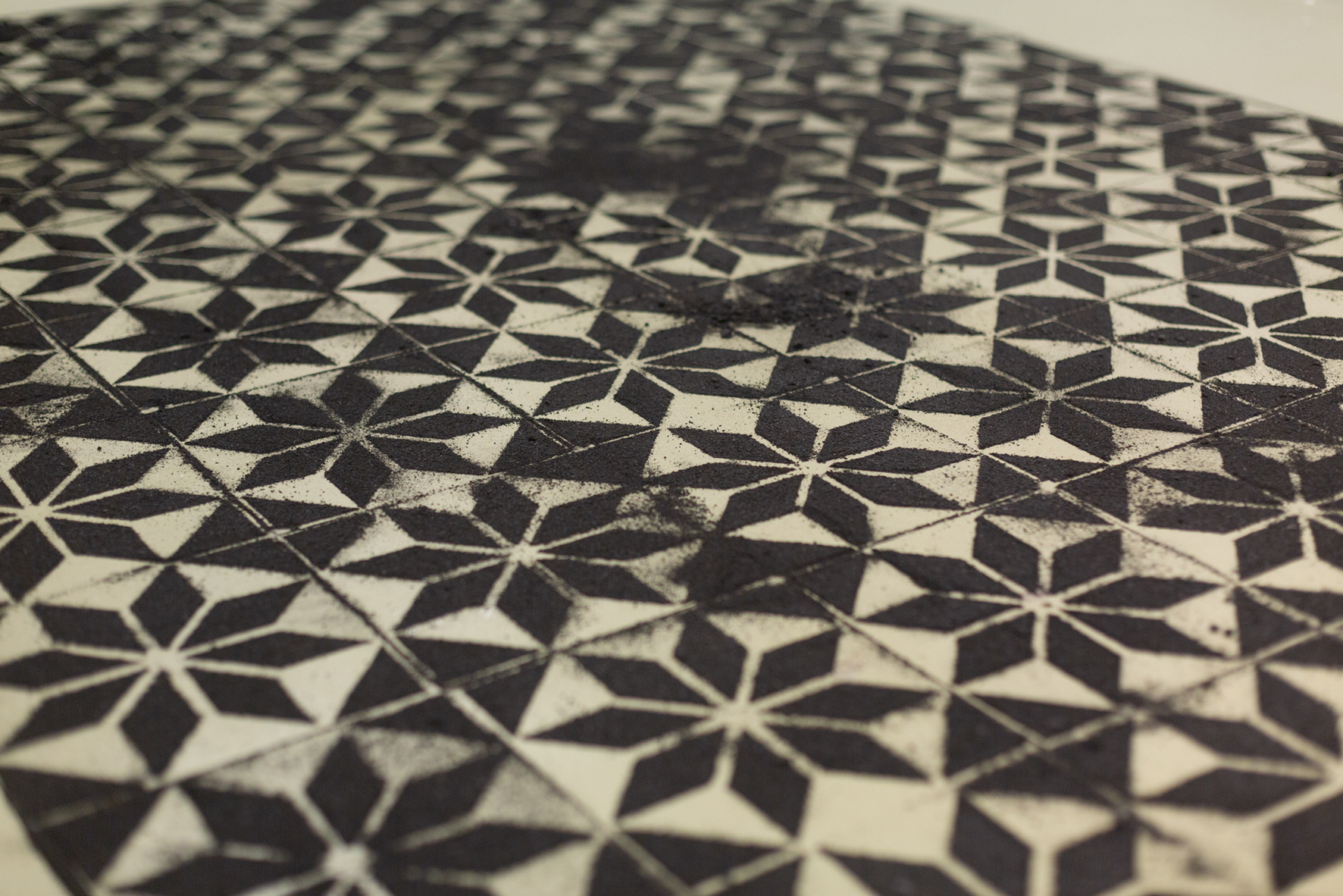
Back in 2008 while in Colombia, I started to reconstitute a family album. Because several fires destroyed two of my grandparents’ houses in Girardot, many family pictures and documents were lost forever. After digging for months in family archives I finally found the only photograph of my grandparents with all their seven sons and daughters. Years after this photo mysteriously disappeared.
Later on in Lebanon I discovered a “twin” photograph of the one I had found years before, carefully kept one picture in a beautiful frame, preserved from light and dust. Both photographs were taken the same day by the same photograph each one with a different pose.
The fragility of memory is revealed in the ephemeral installation floor built with ashes. Reminiscent of the cement tiles of my grandparent’s house in Girardot where the picture was taken, the installation will eventually vanish, just as that their house along with the photograph.
Last Wish
Photography of the Kadisha Valley - 30 x 40 cm (2018)
For those who stay, those who leave and never come back are dead. The distance, the longing for their return and the yearning for letters bringing news from far off and unknown lands, is enough for the passing of time to dissolve their reminiscence. When I came from Colombia to Lebanon to reconnect with my family's origins and those family members who are still alive, I guess I was, in a way, coming from the afterlife.
During my first visit to my grandfather's family house, I was told that in letters my grandfather Salomon had manifested his last wish ; to go back to the family house in his hometown to be able to see the Kadisha Valley for a last time. I wished to accomplish his last wish and photograph the Sacred Valley.
